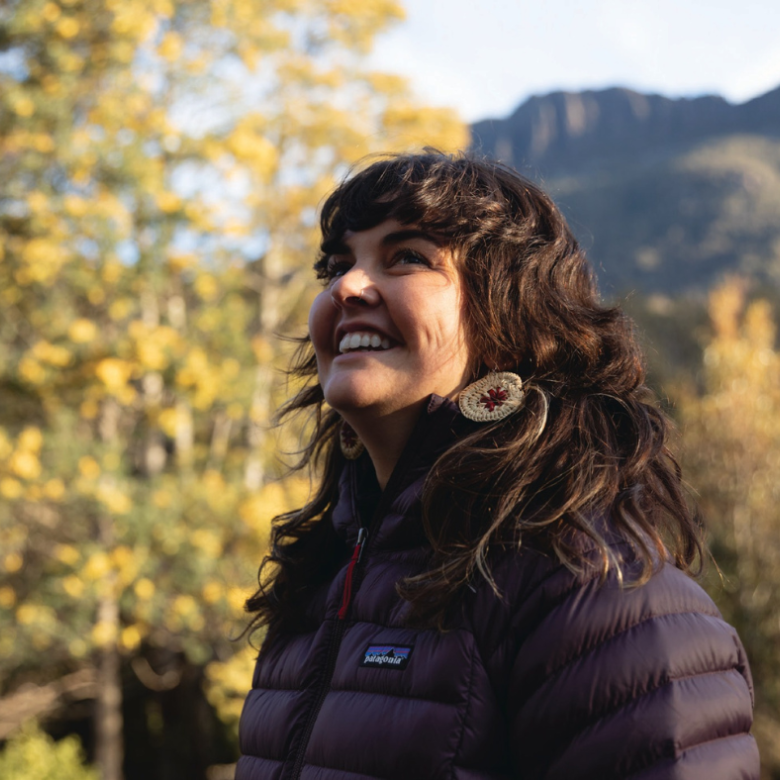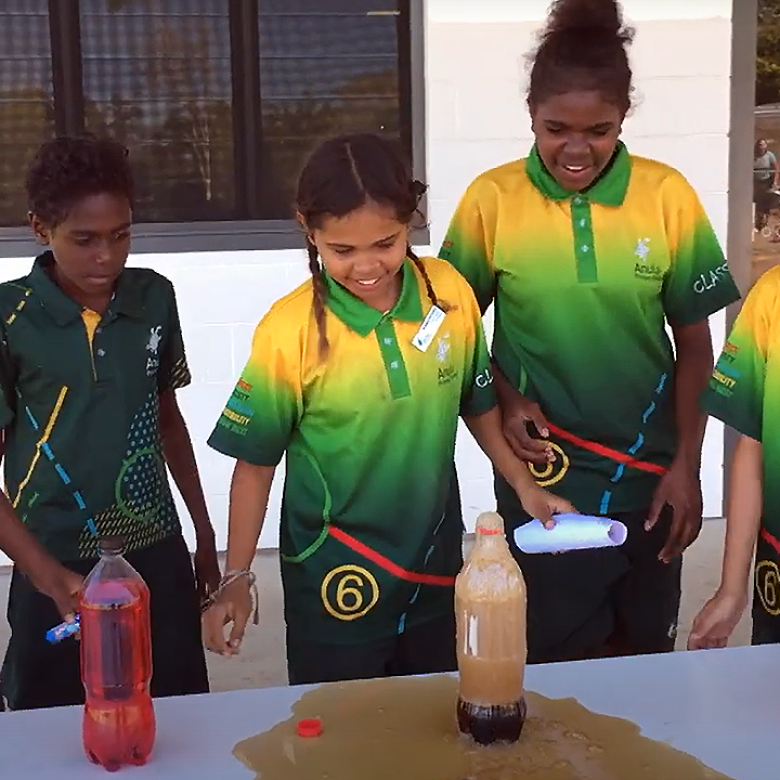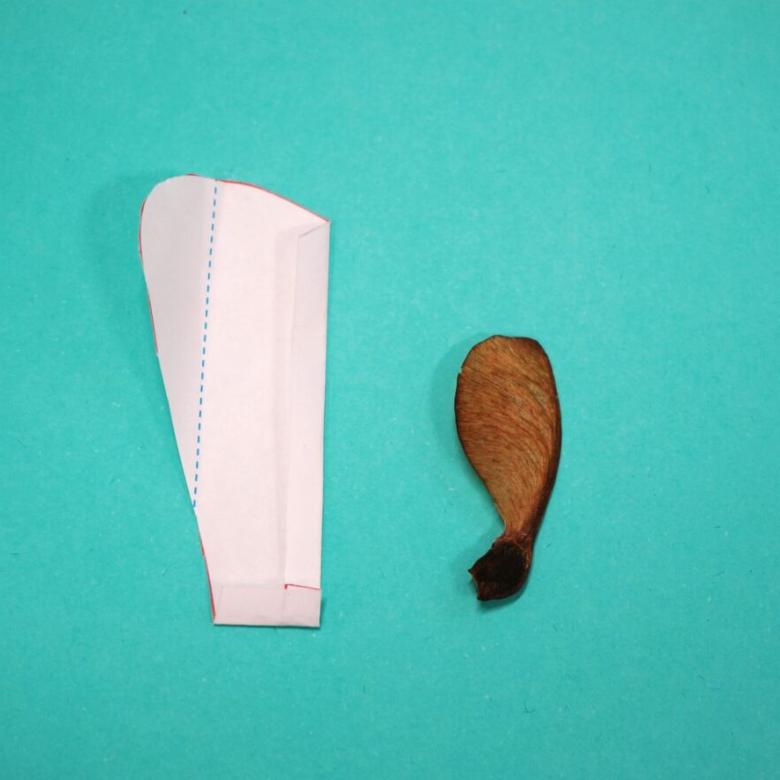You'll need
- Somewhere it’s OK to spill water, like the bathtub or outside
- 2 identical small, wide-mouthed bottles. Something like baby food jars work well
- A flat, rigid piece of plastic that is larger than the opening of the bottles, like an old credit card. Some cardboard cut from a cereal packet might also work
- Cold and warm (not boiling!) water
- 2 different colours of food colouring
What to do
- Fill one bottle all the way to the top with warm water. Add a few drops of one of the food colours.
- Fill the other bottle all the way to the top with cold water. Add a few drops of the other food colour.
- Place the plastic card over the opening of the warm bottle. Making sure the card completely covers the opening. While holding the plastic card in place, turn the warm bottle upside down and stack it on top of the cold bottle. Make sure that the rims line up exactly. If you’re having trouble flipping the container without spilling lots of water, try using a stiffer plastic card.
- Carefully pull the plastic card out from between the bottles. Watch what happens.
- Repeat the experiment, but this time, put the cold bottle on top. Compare the results of the 2 experiments.
Questions to ask
Did the waters mix or stay separated? If you didn’t see a difference, try using warmer and colder water.
Instead of using warm and cold water, try filling 2 bottles with water of the same temperature. Do you get the same result?
Instead of warm and cold water, add some salt to one of the bottles. This will be like mixing fresh water and salt water. Repeat the experiment. What happens?
What happens over time? After you’ve stacked your bottles and removed the plastic card, leave the bottles in a safe place where they won’t be knocked over. Wait until the water in both bottles reaches the same temperature.
What's happening
Density is how much ‘stuff’ is within a certain space. Density can be worked out by dividing mass by volume. Think of a brick and a block of wood that are the same size. The brick is heavier than the wood, so it is denser. Things can be denser by having more atoms in the same amount of space, or heavier atoms, or both.
Temperature can affect the density of some objects. When the temperature of something goes up, the atoms inside it are moving around more and take up more space. This makes the volume go up, and the density go down. The opposite happens when something cools. The atoms slow down and take up less space. So the volume goes down, and the density goes up.
Less dense objects float if they are placed in a liquid or gas that is more dense. This is why helium balloons and hot air balloons float upwards in the sky and why surfboards and ships float in the ocean. In this experiment, when the bottles are stacked, the less dense warm water floats on top of the cold water – so they do not mix. If the cold water is put on top, it sinks, causing the waters to mix.






